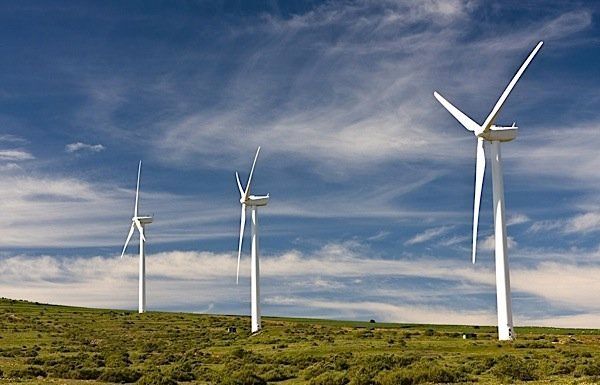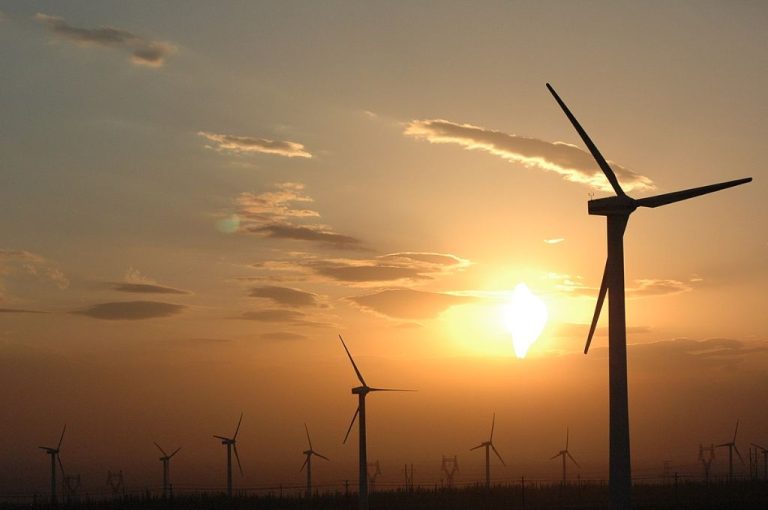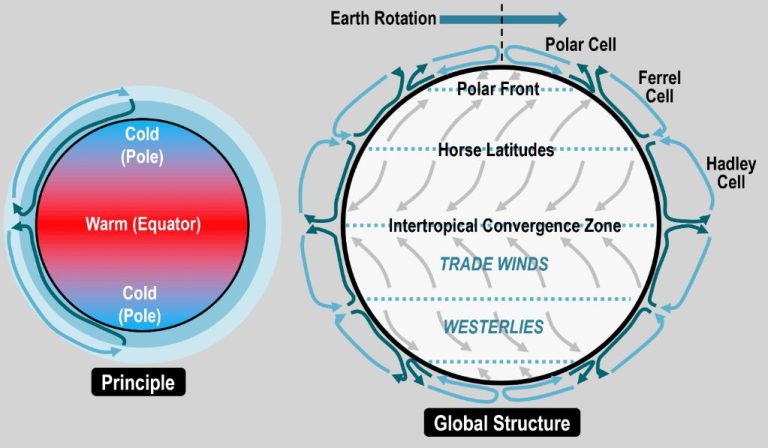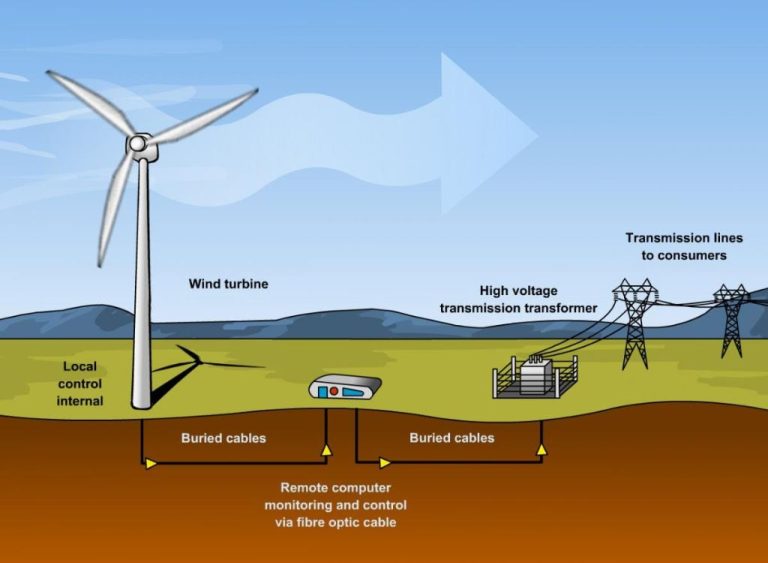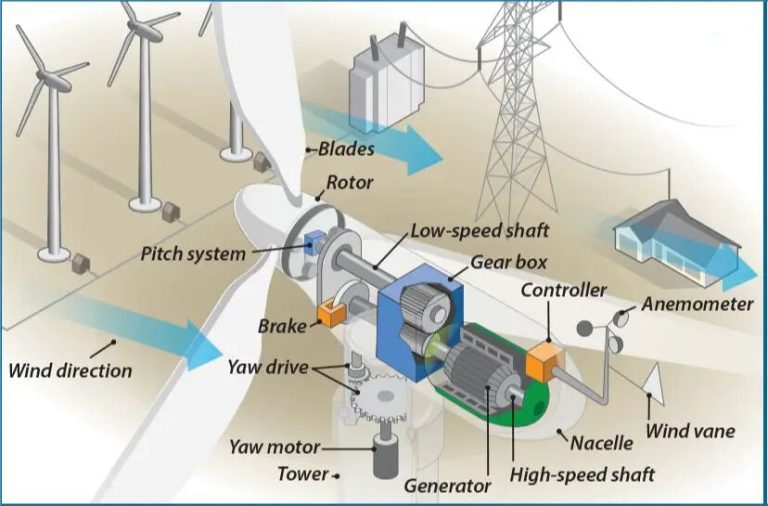What Are The Negatives Of Wind Turbines In The Ocean?
High Upfront Costs
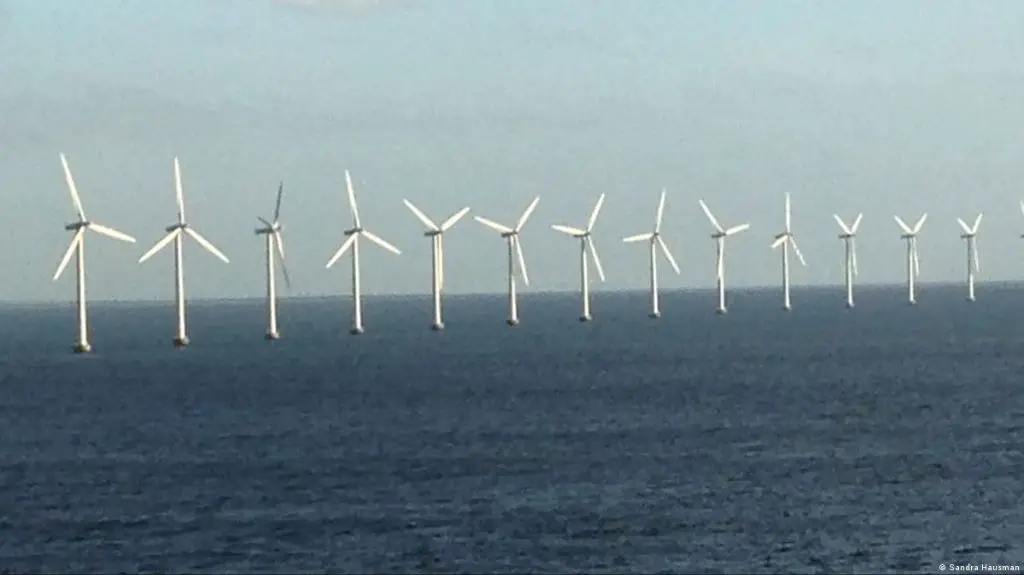
Offshore wind turbines require significantly higher upfront investments compared to onshore wind turbines. While onshore wind is one of the most inexpensive forms of renewable energy, offshore wind can cost over twice as much due to high material, construction and installation costs (source).
Building wind turbines offshore requires expensive materials that can withstand ocean conditions, specialized ships and equipment for installation, and complex underwater electrical connections between turbines and to the onshore grid. These factors contribute to construction costs for offshore wind being around $4,000 per kilowatt, while onshore is under $2,000 per kilowatt (source).
In addition, ports must be retrofitted to handle large offshore wind components during manufacturing, transport and installation. Investments in upgraded docks, deeper harbors, and heavy lift cranes add to the high upfront costs of offshore wind farms.
Technical Challenges
Offshore wind turbines face considerable technical hurdles due to their remote ocean locations. Performing maintenance and repairs offshore can be extremely difficult, as special vessels are needed and weather conditions must be favorable (PMI Industrial Development, 2016). Turbines are also susceptible to damage from powerful storms and waves. Their foundations need to withstand constant exposure to corrosive seawater and salt spray, requiring the use of expensive anti-corrosion coatings and materials.
Accessing offshore turbines to perform routine maintenance is challenging and costly. As they are located far from ports and docks, technicians often need to be transported via helicopter or service vessel. This leads to higher operation and maintenance costs compared to onshore wind. Downtimes from mechanical issues tend to be longer offshore (Energy5, 2023).
Environmental Impact
Offshore wind farms can disrupt marine habitats and species during construction. The noise, vibrations, and disturbances from installing turbines and underwater cables can impact marine mammals, fish, and seabirds (Galparsoro, 2022). Operational noise pollution, mainly from turbine rotor blades, can also affect communication and migration patterns of whales and dolphins (UMCES).
There is a risk of oil leaks from turbines and service ships that could pollute coastal waters. Proper maintenance and safety protocols need to be in place to prevent spills and leaks (UCSUSA). Additionally, offshore wind farms may interfere with fishing routes and impact catches, requiring collaboration with the fishing industry on placement and operations.
Visual Impact
Offshore wind turbines can have a significant visual impact, especially for coastal communities. Modern offshore wind turbines are enormous, with towers up to 295 feet tall and blades spanning over 400 feet across [1]. At these sizes, turbines are easily visible from shorelines up to 26 miles away [2]. The sight of massive wind turbines dotting the seascape can be considered an eyesore by some coastal residents and tourists.
Visual impact assessments are an important part of offshore wind farm planning and permitting. These assessments use visual simulations and viewshed analysis to determine how visible turbines would be from various viewpoints along the coast. The goal is to site and design projects to minimize visual disruption of seascapes and landscapes [3].
Conflicts With Shipping
Offshore wind farms can obstruct shipping routes and navigation, posing safety risks and requiring ships to take longer, less direct routes. According to a report by the European Commission, conflicts between offshore wind and shipping occur mainly in the North Sea, Irish Sea and Baltic Sea where many wind farms exist (Source). Wind turbines and their associated infrastructure can block access to shipping lanes or force ships to reroute around them. This can add costs, time, and inefficiency to shipping operations.
A key concern is interference with navigational radar used by large ships and smaller fishing and recreational vessels. The turbines’ metal structures reflect radar signals, creating “clutter” on operators’ screens that can obscure other ships or hazards. This makes safe navigation more difficult, raising the risk of accidents or groundings near wind farms. Portions of traditional shipping routes may need to be closed off due to radar interference issues. Vessels then must navigate around wind farm perimeters, adding time and distance to voyages (Source).
Intermittency
One of the main drawbacks of offshore wind power is its intermittency, meaning its output depends on wind conditions and can vary significantly over time (https://theroundup.org/intermittency-of-wind-power/). Wind speeds can fluctuate minute to minute and be still for hours or days, leading to unpredictable and inconsistent power generation. This intermittency issue requires backup power sources that can quickly scale up when wind generation drops off.
Studies analyzing many years of offshore wind data have quantified the high level of variability. One analysis of 16 years of hourly wind speed data in the North Sea found wide swings in potential power output, concluding that connecting offshore wind farms from a wider region is necessary to smooth out intermittency (https://wes.copernicus.org/articles/5/1663/2020/). Other assessments of offshore wind patterns have similarly highlighted the potential for extended lulls and steep ramps up or down in generation over multiple day periods.
The inconsistent power supply from offshore wind makes integrating large amounts of offshore wind energy challenging. Reliable backup power, from sources like batteries, hydropower, or natural gas plants, is essential to maintain grid stability when offshore wind drops off. Intermittency also makes offshore wind less valuable and more difficult to plan for compared to more stable renewable sources like geothermal and solar PV.
Distance From Shore
Offshore wind farms are often located far from shore, which creates challenges related to transmitting the generated electricity back to land. Long underwater transmission cables lead to increased electrical losses during transmission compared to onshore wind farms.
According to the Union of Concerned Scientists, “Every mile traveled through an underwater cable results in a loss of about 5% of the carried power.” This is mostly due to resistance in the cable increasing with distance.
Offshore wind sites can be located 10 miles or more from the coast. At that distance, over 50% of the generated power could be lost during transmission if using standard AC transmission cables. Newer high-voltage DC transmission lines can reduce losses, but are more expensive (source).
Being far offshore also means connecting to existing onshore electricity infrastructure is challenging. New transmission infrastructure may be needed to integrate offshore capacity, adding to costs (source).
Effects on Wildlife
Wind turbines in the ocean can adversely impact wildlife such as birds, bats, and marine mammals. Studies have found that offshore wind farms can interfere with birds’ and bats’ migration routes as they traverse vast distances across the ocean [1]. The spinning blades pose a collision risk for migratory and local birds. Birds may also avoid nesting and foraging near turbines.
The noise and electromagnetic fields from offshore wind farms can also disrupt marine mammal communication and navigation. Marine mammals like whales and dolphins rely on sound to find food, navigate, communicate, and reproduce. The noise pollution from pile driving and other construction activities as well as the operation of turbines can interfere with these natural behaviors [2].
Fishing Industry Conflicts
One negative of building offshore wind turbines is their impact on the fishing industry. Construction limits access to fishing grounds, as the areas around the turbines are restricted or closed off (source). The seabed cables also disrupt important habitat and spawning areas for commercially valuable fish and shellfish species.
Once operational, anchoring restrictions are enforced around wind turbines to avoid damage. This effectively bans fishing boats from operating in those areas. For example, each turbine may have a 164-foot safety zone restricting access (source). As more wind farms are built, this compounds the loss of fishing grounds and catch potential.
Overall, offshore wind development significantly impacts fisheries that rely on the same coastal waters. Construction disturbs or closes off key fishing areas, while ongoing operation limits access due to anchoring restrictions around turbines.
Expensive Power
Offshore wind power can be more expensive than other renewable energy sources. According to a 2022 report from IRENA, the levelized cost of electricity (LCOE) for new offshore wind projects was $0.081/kWh, compared to $0.037-0.062/kWh for onshore wind and $0.037-0.085/kWh for solar PV (IRENA, 2022). The higher LCOE is largely due to the technical challenges and high upfront costs of building wind farms offshore. While costs are falling, offshore wind still often requires government subsidies to be economically viable.
Despite the higher cost, offshore wind can provide valuable energy diversity and has the potential to scale up significantly. With continued technological improvements and industry growth, costs are projected to decrease further in the coming years. But for now, the expense of offshore wind remains a potential drawback compared to other renewable options.

